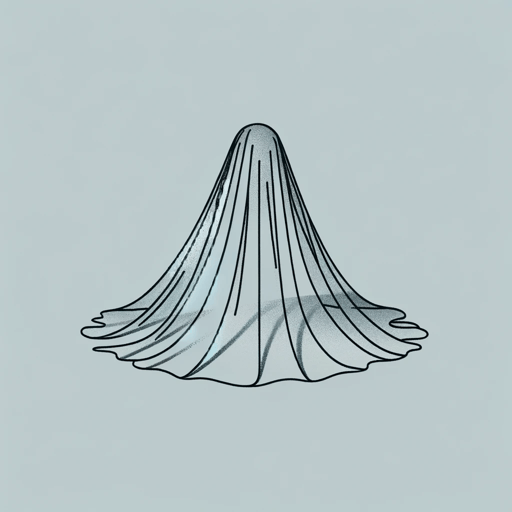30 pages • 1 hour read
Nathaniel HawthorneDr. Heidegger's Experiment
Fiction | Short Story | Adult | Published in 1837A modern alternative to SparkNotes and CliffsNotes, SuperSummary offers high-quality Study Guides with detailed chapter summaries and analysis of major themes, characters, and more.
Background
Authorial Context: Nathaniel Hawthorne
Nathaniel Hawthorne was born July 4, 1804, in Salem, Massachusetts, to Puritan ancestors who had emigrated from England. His great-great-grandfather was a judge in the Salem witch trials of the 17th century. After his father’s death, young Nathaniel, his sisters, and his stepmother moved to live with relatives in Salem for 10 years. Hawthorne graduated from Bowdoin College in 1825 and published his first novel, Fanshawe: A Tale, in 1828. Thereafter, he published several short stories in periodicals and collected them in 1837 as Twice-Told Tales. Later, Hawthorne joined Brook Farm, a transcendentalist community, and married Sophia Peabody, an American painter and illustrator, in 1842, with whom he had three children. In 1836, Hawthorne served for a time as the editor of the short-lived American Magazine of Useful and Entertaining Knowledge. He began work in the Boston Custom House in 1839. During his later years, he toured France and Italy with his family and wrote about the American Civil War after traveling to Washington DC, where he met Abraham Lincoln and other notable figures. Hawthorne died on May 19, 1864.
Hawthorne published in a variety of genres: eight novels, numerous short stories and essays, travelogues, and a biography of Franklin Pierce, who would later become president.
Related Titles
By Nathaniel Hawthorne

Ethan Brand
Nathaniel Hawthorne

My Kinsman Major Molineux
Nathaniel Hawthorne

Rappaccini's Daughter
Nathaniel Hawthorne

The Ambitious Guest
Nathaniel Hawthorne

The Artist of the Beautiful
Nathaniel Hawthorne

The Birthmark
Nathaniel Hawthorne

The Blithedale Romance
Nathaniel Hawthorne

The Hollow of the Three Hills
Nathaniel Hawthorne

The House of the Seven Gables
Nathaniel Hawthorne

The Marble Faun
Nathaniel Hawthorne

The Maypole Of Merry Mount
Nathaniel Hawthorne

The Minister's Black Veil
Nathaniel Hawthorne

The Scarlet Letter
Nathaniel Hawthorne

The Wives of the Dead
Nathaniel Hawthorne

Young Goodman Brown
Nathaniel Hawthorne

